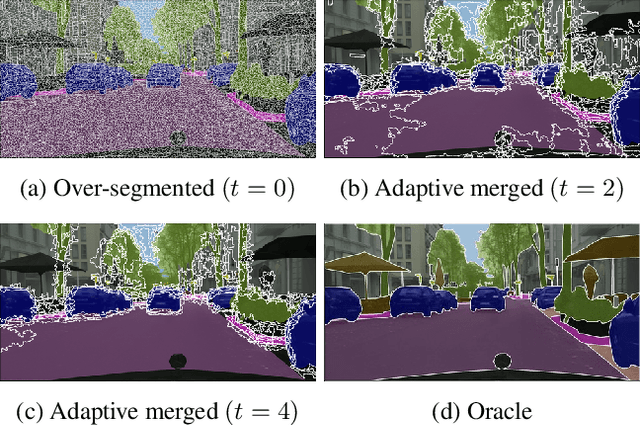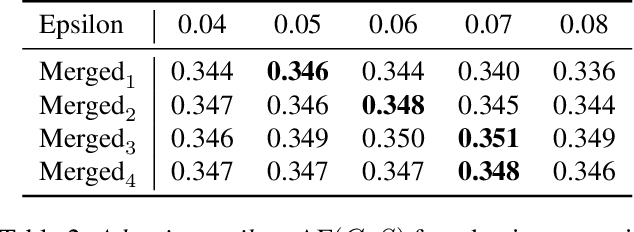Minhyeon Oh
Active Preference-based Learning for Multi-dimensional Personalization
Nov 01, 2024Abstract:Large language models (LLMs) have shown remarkable versatility across tasks, but aligning them with individual human preferences remains challenging due to the complexity and diversity of these preferences. Existing methods often overlook the fact that preferences are multi-objective, diverse, and hard to articulate, making full alignment difficult. In response, we propose an active preference learning framework that uses binary feedback to estimate user preferences across multiple objectives. Our approach leverages Bayesian inference to update preferences efficiently and reduces user feedback through an acquisition function that optimally selects queries. Additionally, we introduce a parameter to handle feedback noise and improve robustness. We validate our approach through theoretical analysis and experiments on language generation tasks, demonstrating its feedback efficiency and effectiveness in personalizing model responses.
Active Learning for Semantic Segmentation with Multi-class Label Query
Sep 17, 2023Abstract:This paper proposes a new active learning method for semantic segmentation. The core of our method lies in a new annotation query design. It samples informative local image regions (e.g., superpixels), and for each of such regions, asks an oracle for a multi-hot vector indicating all classes existing in the region. This multi-class labeling strategy is substantially more efficient than existing ones like segmentation, polygon, and even dominant class labeling in terms of annotation time per click. However, it introduces the class ambiguity issue in training since it assigns partial labels (i.e., a set of candidate classes) to individual pixels. We thus propose a new algorithm for learning semantic segmentation while disambiguating the partial labels in two stages. In the first stage, it trains a segmentation model directly with the partial labels through two new loss functions motivated by partial label learning and multiple instance learning. In the second stage, it disambiguates the partial labels by generating pixel-wise pseudo labels, which are used for supervised learning of the model. Equipped with a new acquisition function dedicated to the multi-class labeling, our method outperformed previous work on Cityscapes and PASCAL VOC 2012 while spending less annotation cost.
Adaptive Superpixel for Active Learning in Semantic Segmentation
Mar 29, 2023



Abstract:Learning semantic segmentation requires pixel-wise annotations, which can be time-consuming and expensive. To reduce the annotation cost, we propose a superpixel-based active learning (AL) framework, which collects a dominant label per superpixel instead. To be specific, it consists of adaptive superpixel and sieving mechanisms, fully dedicated to AL. At each round of AL, we adaptively merge neighboring pixels of similar learned features into superpixels. We then query a selected subset of these superpixels using an acquisition function assuming no uniform superpixel size. This approach is more efficient than existing methods, which rely only on innate features such as RGB color and assume uniform superpixel sizes. Obtaining a dominant label per superpixel drastically reduces annotators' burden as it requires fewer clicks. However, it inevitably introduces noisy annotations due to mismatches between superpixel and ground truth segmentation. To address this issue, we further devise a sieving mechanism that identifies and excludes potentially noisy annotations from learning. Our experiments on both Cityscapes and PASCAL VOC datasets demonstrate the efficacy of adaptive superpixel and sieving mechanisms.
 Add to Chrome
Add to Chrome Add to Firefox
Add to Firefox Add to Edge
Add to Edge